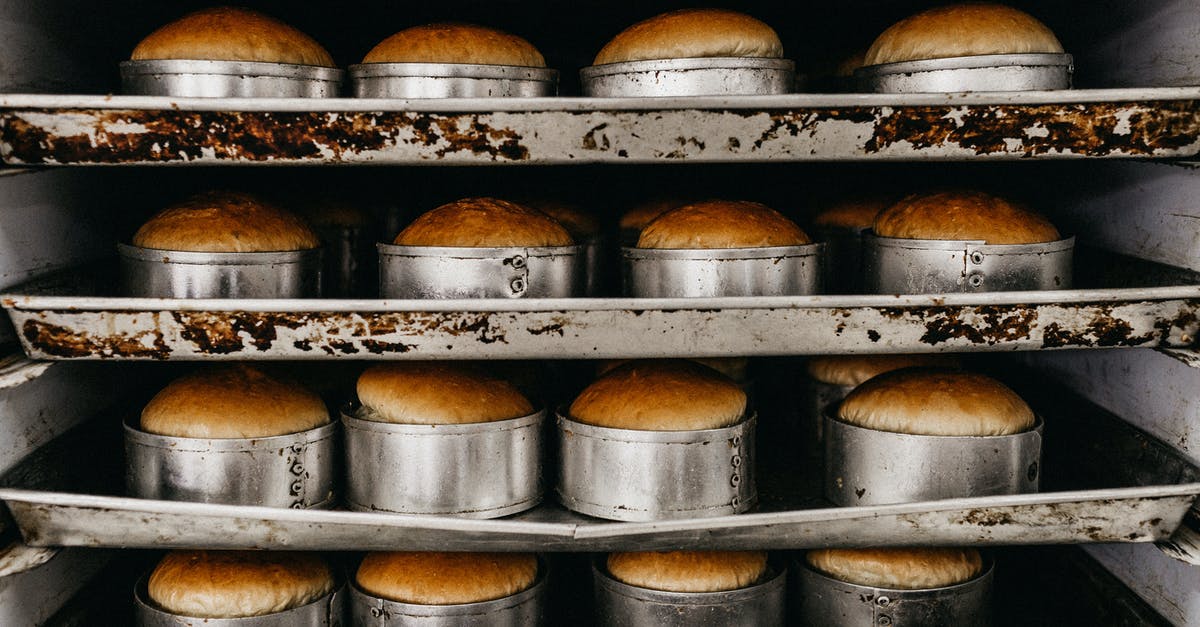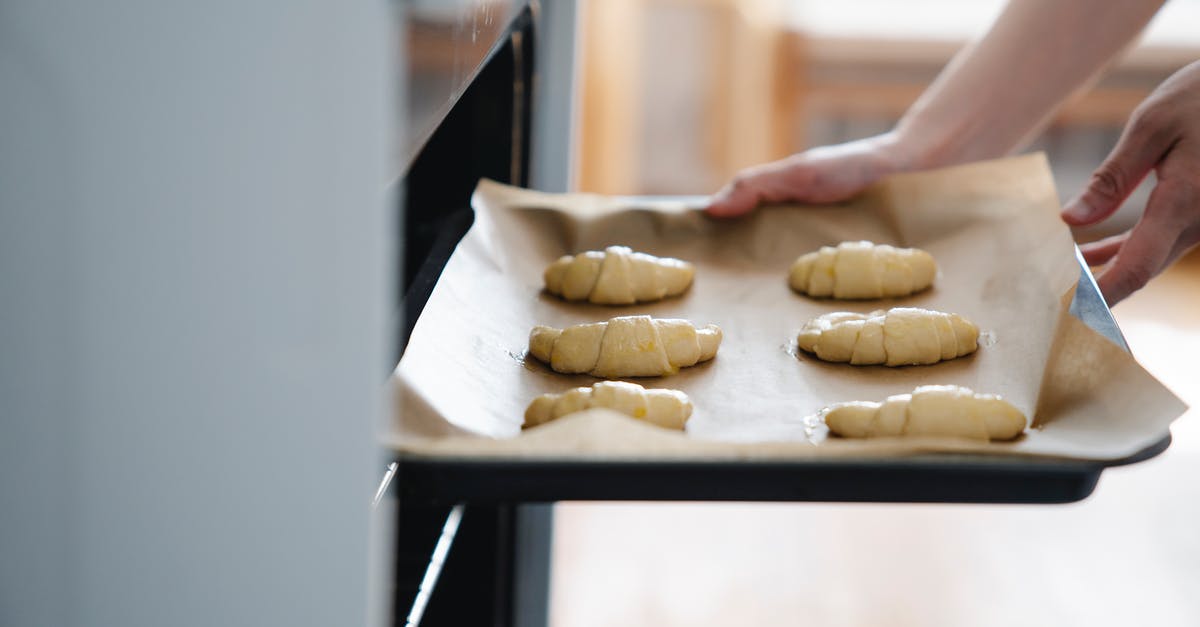Bread breaks in the middle while in the oven

Would like to ask a question based on your experience in bread making. We have made in our house several loafs of bread in various shapes and sizes and with many different methods, manually, robot assisted, etc. Right now, the one we are doing involves Bio German Spelt 630 flour, water, olive oil and powdered baker's yeast. the only thing we don't place is anything with any gluten (or at least that has anything beyond just a very tiny portion of it) They all come out yummy :)
So what is the problem? Well they all break in the middle of it when they grow and are baking, even in the English cake tin we are currently using for it. It's really frustrating because we have used several recipes, oven temperatures, metal and silicone based utensils, everything.
Is it related to low gluten and the fact it's obviously not as elastic as your normal wheat bread?
Thanks in advance.
Alban
Best Answer
I would like to clarify a couple points from the question and the comments here. First of all, remember that flour (wheat or spelt) does not contain gluten. Gluten only forms as a complex protein once two simpler proteins in flour, gliadin and glutenin, are hydrated. And while not all of the protein in flour will form gluten in the presence of water, the overall protein content in flour is usually used a proxy to represent the gluten-forming capability of the flour. So flours that are higher in protein typically form more gluten in the presence of water and kneading.
Now, having said all that, spelt 630 flour actually contains much more protein (~16%) than wheat 812 bread flour (~13%). While 3% protein content might not sound like much, it makes a significant difference when making bread.
Again, your spelt 630 flour will generate MORE gluten in your dough than a typical bread flour. It is considered a high-protein flour.
I would suggest that much of your problem might stem from over-kneading your bread. Gluten in dough is a bread's best friend only up to a point. If your gluten network in the dough is over-established, your baked bread will bake-up dense and dry and could conceivably split through during baking.
So a dough with overdeveloped gluten would be something like the proverbial hardwood tree in a storm - the tree that breaks because it doesn't bend.
While I believe the scoring point made above is absolutely relevant, I don't think an un-scored loaf would split through if there wasn't a problem with the bread dough itself.
I think the best solution to your splitting problem would be to mix-in some different lower protein flours to drop the protein content of the spelt flour. If that option is off the table, then consider kneading much less (probably stay away from the mechanical kneading unless you're making batches too large to manage by hand). If you can manage the kneading by hand, you should feel that magical dough elasticity that signals when it's time to stop.
Pictures about "Bread breaks in the middle while in the oven"



Quick Answer about "Bread breaks in the middle while in the oven"
They include improper scoring, improper rising (especially using too much yeast), wrong oven temperature, or doing nothing to soften the crust, to name just a few.Why does my bread fall in the middle while baking?
For \u201cBatter Dough\u201d the most common mistake is overmixing. This overmixing will usually cause a collapse in the middle of your loaf. The leavening agents used ( baking soda, baking powder or a mixture of both ) need a liquid in order to release their gasses.Why does my bread split in the oven?
You need to make sure that you do not leave air pockets in the dough. These air pockets can be a result of a bread that is too loose and can end up close to the surface of the bread. The baking process will expand and push out of the crust wherever they are, causing a burst or split in your crust.How do you keep bread from falling in the middle?
Bread that Falls or Collapses Can Be Caused By:Too much liquid \u2013 Try decreasing water or milk by one to two tablespoons. Remember to look at your dough after a few minutes of kneading and see if it's a smooth, round ball. If the dough is too dry add liquid a teaspoon at a time until the dough balls up.Why is my bread burnt on the outside and raw in the middle?
Even though your oven may say it's preheated to 350\xb0 F, tests have revealed that oven temperatures can be off by as much as 75\xb0 F in either direction! If your oven runs hot, your bread is likely to brown and bake up on the outside before the center has a chance to fully cook.Huge Mistakes Everyone Makes When Baking Bread
More answers regarding bread breaks in the middle while in the oven
Answer 2
Is it related to no gluten and the fact it's obviously not as elastic as your normal wheat bread?
No, it isn't. First of all: spelt is not gluten-free. It is very closely related to wheat, and has lots of gluten in it.
Second, you make it sound as if you suspect that spelt bread will always have a split crust. But this is not the case, spelt breads don't always split.
I would look at the usual culprits for split crusts, there are many of them, and work the same way on spelt and normal wheat. They include improper scoring, improper rising (especially using too much yeast), wrong oven temperature, or doing nothing to soften the crust, to name just a few. It is impossible to guess what goes wrong from your description. If you need such high quality that a split crust is a problem for you, you need to learn the basic process for making yeast leavened breads, for example from Peter Reinhart's books.
Answer 3
I have done some investigation, and this is what I found. The gluten in spelt is water soluble; it is degraded by heat and is easily broken down by mixing action. Wheat gluten, in contrast, does not break down in water and only relaxes when exposed to heat and seems to get stronger as it is mixed – bakers refer to it as “developing the gluten.” If you over mix spelt, it will break down. If you over mix wheat, it will get stronger.
This basically means I am using the same kneading time for spelt and wheat alike, which means in all comparison I'm doing it right in wheat but overkneading in spelt... :(
Sources: Stack Exchange - This article follows the attribution requirements of Stack Exchange and is licensed under CC BY-SA 3.0.
Images: Jonathan Borba, Felicity Tai, Katerina Holmes, Katerina Holmes
